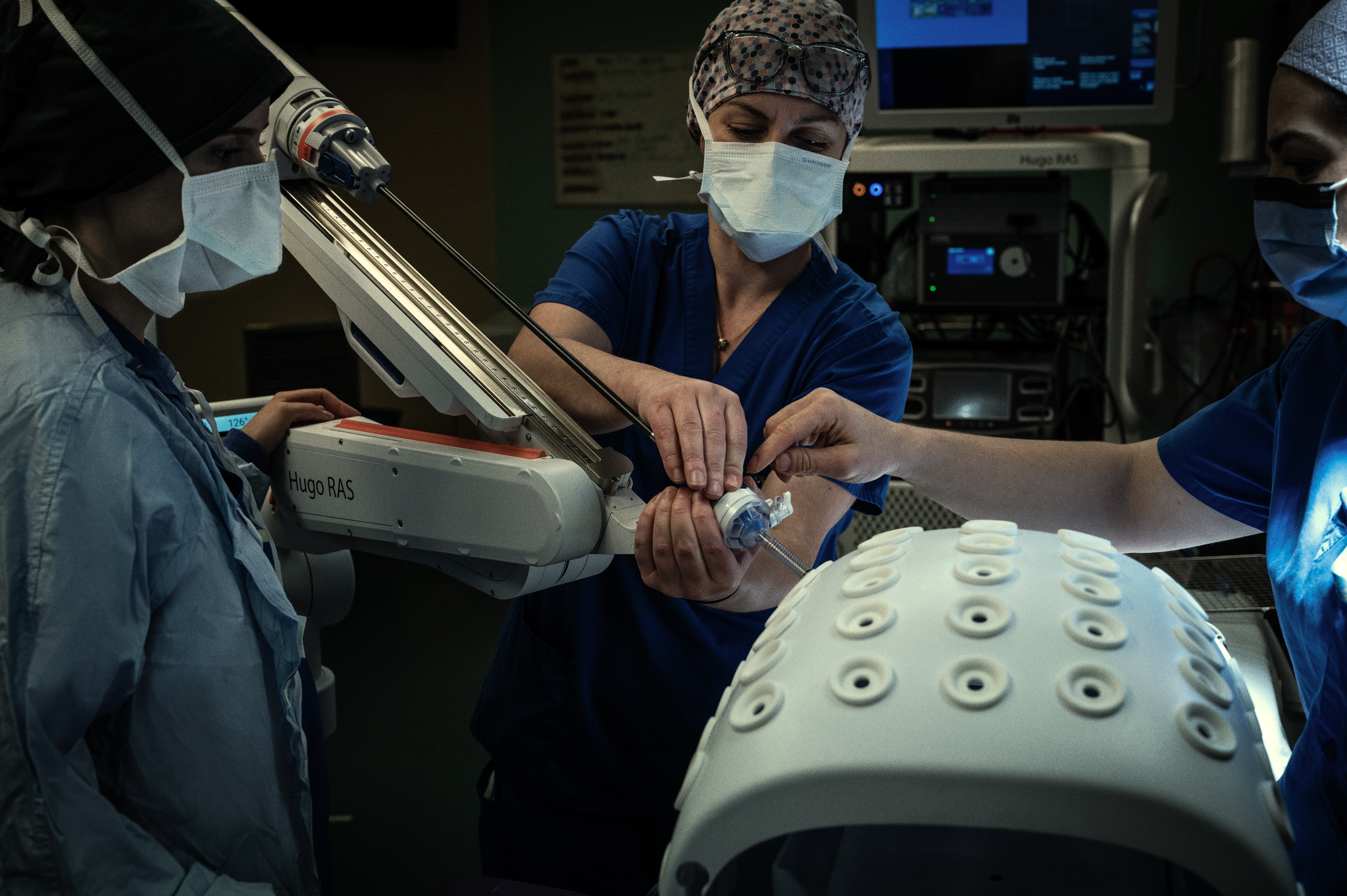By: UHN Foundation
In its first-ever brand campaign, UHN is helping the public understand the leadership role that it plays in reimagining healthcare. The top research hospital in the country, UHN is also home to the #1 publicly funded hospital in the world. The discoveries happening there are changing the lives of patients on a global scale, and it's a testament to UHN's incredible teams and the community of supporters who are equally as driven to push healthcare's status quo.
 One of UHN's most notable innovations is the Ex Vivo Lung Perfusion System (EVLP), which has completely transformed transplantation in Ontario and around the world. EVLP is a medical technology whereby a donor lung is preserved outside of the body so that it can be assessed and treated prior to transplant. This process helps to ensure that the lung is healthy and functioning properly before being transplanted into a patient. With EVLP, UHN's Ajmera Transplant Centre – the largest transplant centre in North America – has been able to more than double the number of lung transplants it performs since prior to this technology's existence, and in 2023, set a world record for the number of transplants performed. That means more lives saved while helping to tackle the major health system issue: the transplant wait list.
One of UHN's most notable innovations is the Ex Vivo Lung Perfusion System (EVLP), which has completely transformed transplantation in Ontario and around the world. EVLP is a medical technology whereby a donor lung is preserved outside of the body so that it can be assessed and treated prior to transplant. This process helps to ensure that the lung is healthy and functioning properly before being transplanted into a patient. With EVLP, UHN's Ajmera Transplant Centre – the largest transplant centre in North America – has been able to more than double the number of lung transplants it performs since prior to this technology's existence, and in 2023, set a world record for the number of transplants performed. That means more lives saved while helping to tackle the major health system issue: the transplant wait list.
Most recently, the team at UHN has been able to create universal blood type organs from donor organs – meaning that even more lungs can be compatible with more people in need of a transplant.
But it doesn't stop there. Researchers at UHN are working towards further integrating AI and machine learning tools to predict and guide transplant physicians on donor lung suitability and transplant outcomes.
“We wanted to understand whether AI could aid clinicians in determining whether a donor lung was suitable for transplant," says Dr. Bo Wang, Chief AI Scientist at UHN – the first hospital-appointed Chief AI Scientist in the country. “To do this, we utilized a machine learning program called Extreme Gradient Boosting (XGBoost), which studies large sets of data to make predictions using an ensemble of decision trees—a series of questions that the model asks about the data."
Using the XGBoost technique, the team developed a model, termed InsighTx, that uses data from EVLP assessments and donor features to predict which lungs are suitable for transplantation and importantly – patient outcome. This study suggests that the impact of AI on transplantation rates could be dramatic and that an overall increase in safe organ utilization and transplant activity is plausible.
“We analyzed data from 725 EVLP cases using InsighTx," says Dr. Andrew Sage, Assistant Scientist at UHN's Ajmera Transplant Centre. “We showed that the InsighTx AI model learned from this EVLP data and was able to predict which lungs were unsuitable for transplant and which transplants would have good outcomes for patients."
As UHN researchers and doctors continue to study EVLP and its capabilities (like its potential use on pancreas transplants), we're reminded that innovations like these are the result of philanthropy.
The inception of EVLP was 100% donor funded, and its continued impact is thanks to donations and support of the UHN community. Research, innovation, team and community are the key to building a healthier future in Ontario and Canada's health system; and this is the driving message behind UHN's first-ever brand campaign, UHNITED.
“All teams at UHN are constantly trying to challenge the status quo of healthcare, and donor support is what gives them the ability to do so," says Julie Quenneville, CEO of UHN Foundation. “When our community is UHNITED, we are not only investing in UHN's biggest and boldest ideas, but showing other Canadians that reimagining healthcare is only possible when we all come together."
No one ever changed the world on their own, and with the UHNITED campaign, this fact has never been clearer.